By Jay Landers
Lake Tahoe, the vast alpine body of water that straddles the California-Nevada border, is famous for its crystal clear, blue water, earning the lake the nickname the Jewel of the Sierra. Some 50 years ago, the lake’s water was so clean that annual clarity levels achieved average depths of approximately 97 ft. In recognition of its significance and unparalleled beauty, California and Nevada each have designated Lake Tahoe as a “waterbody of extraordinary ecological or aesthetic value.” The lake also has been designated an “outstanding national resource water” under the Clean Water Act.
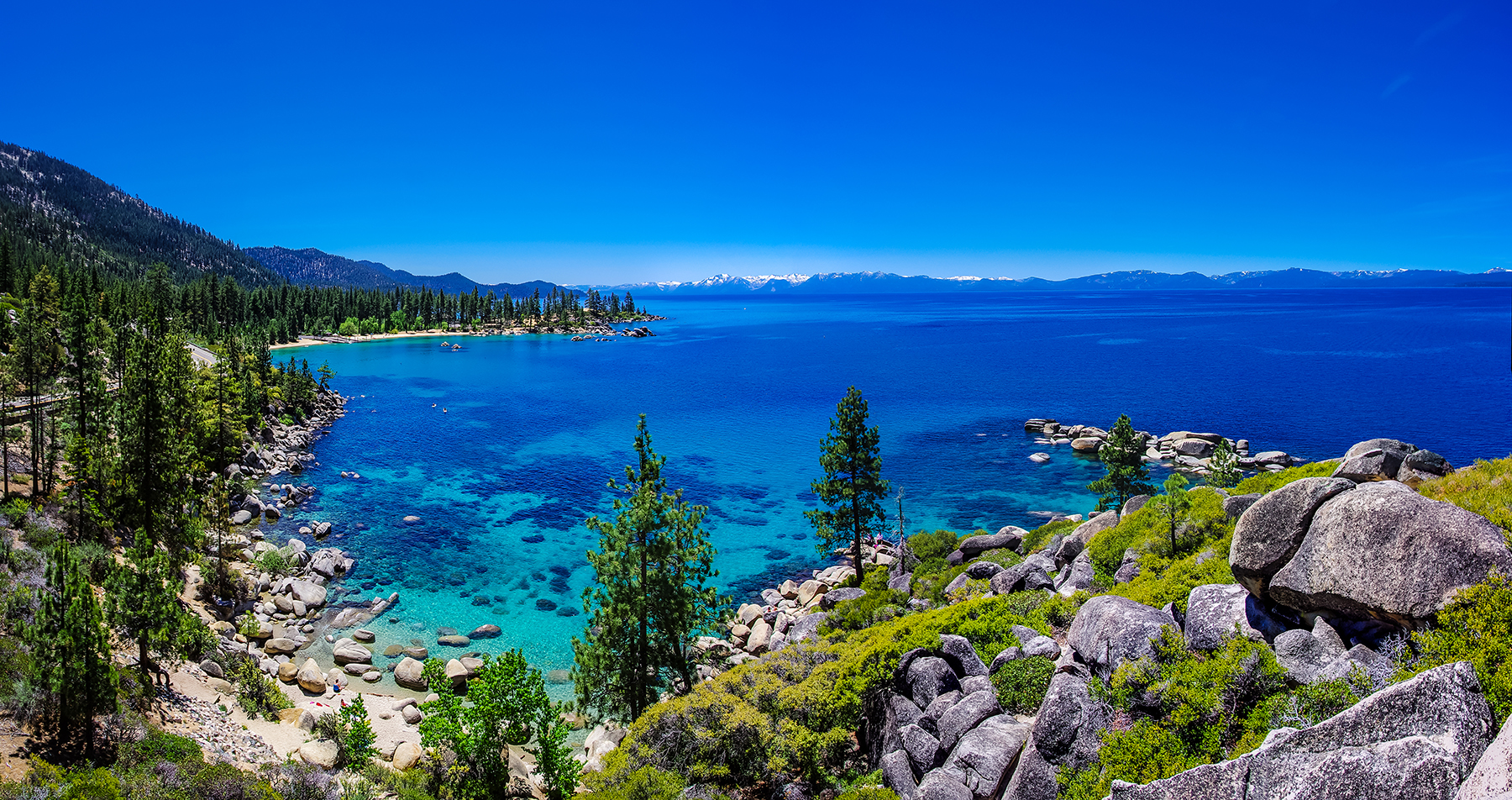
In the mid-20th century, the lake and its surrounding environs became a year-round tourist destination known for its water recreation, ski resorts, and casinos. The resulting development boom led to increased stormwater runoff into Lake Tahoe, introducing pollutants that ultimately diminished its transparency over time. By 2000, the clarity had decreased to about 60 ft, raising concerns that Lake Tahoe might one day cease to be the translucent marvel it is so well known as.
During the past 25 years, more than $2.6 billion in federal, state, and local government funding and private spending has been dedicated to efforts to improve environmental conditions in the lake and within the basin that drains to it, according to a website by the Tahoe Regional Planning Agency.
Since 2011, these efforts have been overseen by a comprehensive bistate effort to reduce the amount of pollution entering Lake Tahoe. Although these projects have succeeded in this goal, the larger goal of restoring clarity levels in the lake to its former depths has remained elusive. A recent report from the California and Nevada agencies overseeing the cleanup plan highlights the progress made to date while acknowledging that much remains to be done during the coming decades to restore Lake Tahoe to its previous clarity.
3 main pollutants
In 2011, the U.S. Environmental Protection Agency approved a pollution-reduction plan for the lake known as the Lake Tahoe Total Maximum Daily Load. The plan was developed by the Nevada Division of Environmental Protection and the Lahontan Regional Water Quality Control Board, which is part of the California Environmental Protection Agency, in accordance with the requirements of the Clean Water Act.
Section 303(d) of the Clean Water Act directs states to assess their waterways to ensure that they comply with applicable water quality standards. Waterways not in compliance with such standards are considered impaired, and states must develop a total maximum daily load for all such impaired waters. Development of a TMDL entails calculating the maximum amount of a pollutant that may enter a water body while still enabling the water body to meet water quality standards for that pollutant. After determining the loading capacity of an impaired water body, the state allocates the loadings among the various pollutant sources, which then act to reduce their loadings to their allocated amounts.
The Lake Tahoe TMDL focuses on three pollutants: two nutrients — nitrogen and phosphorus — and fine sediment particles, which are defined as particles having diameters of less than 16 microns. The nutrients promote the growth of free-floating algae that absorb sunlight, while the fine sediment particles decrease water clarity by scattering sunlight, according to the Lake Tahoe TMDL Program 2022 Performance Report, which was released jointly in mid-August by the Lahontan Regional Water Quality Control Board and the NDEP.
In both cases, sunlight is unable to penetrate as deeply into the lake as it once did, diminishing clarity.
Before the completion of the Lake Tahoe TMDL, nutrients were thought to have the largest effect on water clarity, says Jason Kuchnicki, an environmental scientist and the supervisor of the Lake Tahoe Watershed Branch for the NDEP. During development of the TMDL, modeling was conducted to determine the extent to which fine sediment particles and nutrients control water clarity. Unexpectedly, the modeling found “clarity is controlled primarily about two-thirds by fine sediment particles and one-third by nutrients,” Kuchnicki says.
Long-term targets
Ultimately, the goal of the Lake Tahoe TMDL Program is to restore clarity to a depth of approximately 100 ft by 2076. Achieving this goal will require load reductions of 10% for nitrogen, 35% for phosphorus, and 65% for fine sediment particles, according to the report.
As an interim goal, the TMDL calls for attaining clarity to a depth of at least 78 ft by the end of 2031.
Because clarity within Lake Tahoe varies each day and throughout the year, a standardized method for measuring average annual clarity is used. To this end, researchers from the University of California, Davis' Tahoe Environmental Research Center routinely assess clarity by means of a Secchi disk, a circular disk that is lowered into the lake until it is no longer visible. The depth at which the disk can no longer be seen is the Secchi depth, which is used as the measure of the lake’s clarity.
Aggressive goals
Pollutants entering Lake Tahoe are categorized as coming from two basic sources: urban upland sources, which comprise runoff from roads and other developed areas, and nonurban sources, which consist of runoff from forest uplands, erosion from stream channels, and atmospheric deposition.
The urban upland category is responsible for nearly three-quarters of the fine sediment particles and nearly half the phosphorus entering Lake Tahoe. By contrast, 71% of the total nitrogen load comes from nonurban sources, according to the report.
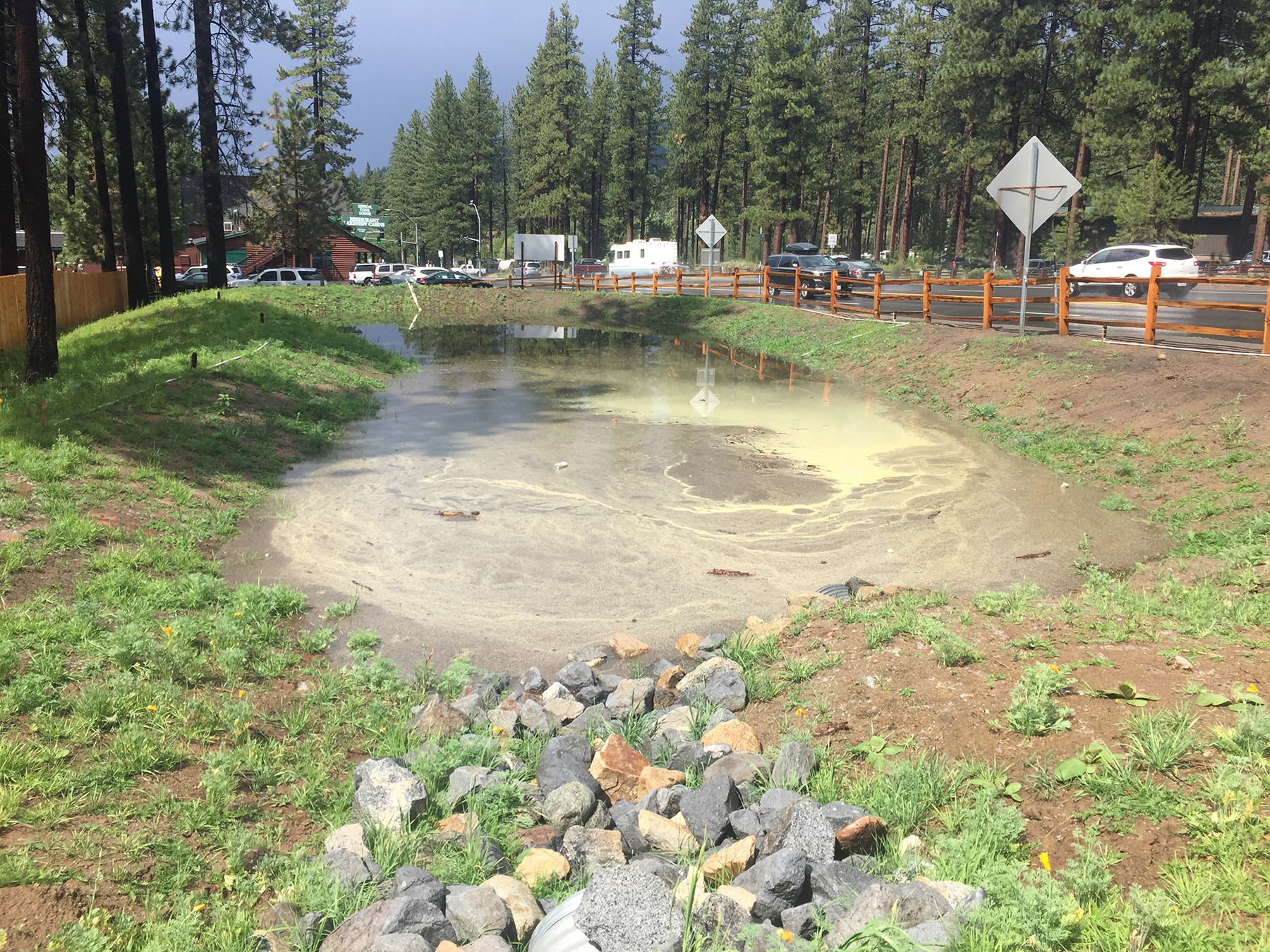
To achieve the overall pollutant load reductions needed to restore clarity to the desired depths, the Lake Tahoe TMDL Program requires that certain milestone load-reduction targets be met every five years.
In general, these targets become more stringent over time, says Brian Judge, an engineering geologist for the Lahontan Regional Water Quality Control Board. “The screws get turned down harder every five years,” Judge says.
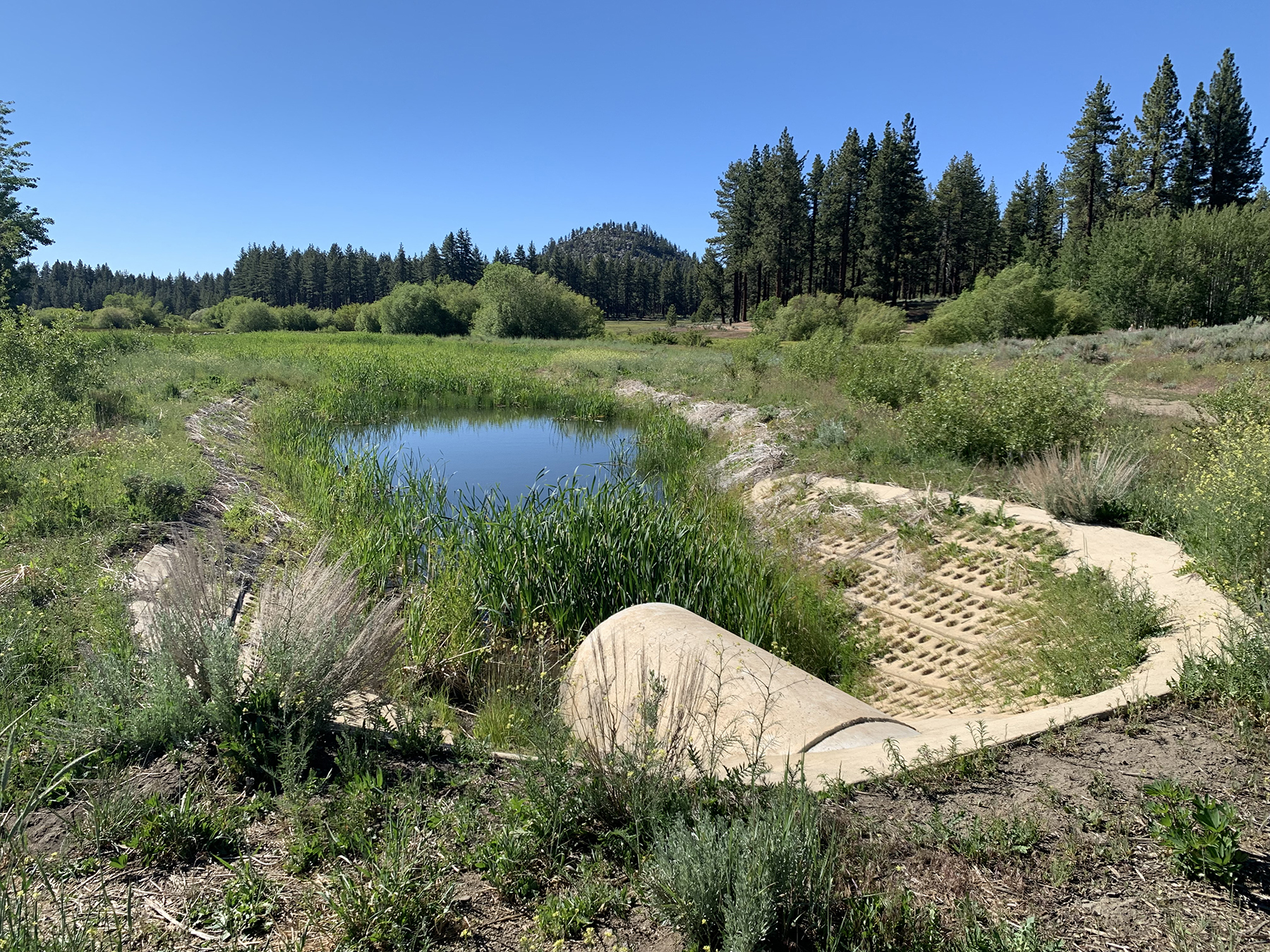
The five-year milestone load reductions are based on 2004 baseline totals for each pollutant.
For the 10-year milestone period, which ended in 2021, overall fine sediment particle loads were to be reduced by 19%, up from a reduction of 10% that was required in 2016. By comparison, overall nitrogen loads had to be reduced by 3%, as compared to 2% in 2016. As for phosphorus, total loads needed to decrease by 10%, up from a 5% reduction in 2016. For each of the three pollutants, the milestone load reductions are subdivided by source, with targets specified for urban upland sources, forest uplands, stream channel erosion, and atmospheric deposition.
Targets met
Pollutant reductions from the urban uplands must be achieved by the following seven entities: the California Department of Transportation; the Nevada Department of Transportation; the city of South Lake Tahoe, California; El Dorado and Placer counties in California; and Douglas and Washoe counties in Nevada.
For the five-year period ending in 2021, the seven entities reduced fine sediment particle loadings from urban uplands by a combined total of nearly 600,000 lb/year, according to the report. This is a 23% reduction from 2004 baseline levels, according to the report.
As for nutrients from upland sources, the TMDL called for 14% reductions of both phosphorus and nitrogen loads. Pollutant controls reduced phosphorus loadings by nearly 1,700 lb/year, equating to an 18% reduction, according to the report.
Meanwhile, nitrogen loadings decreased by more than 4,500 lb/year, or 13%, 1 percentage point below the required five-year milestone. “While the program fell just short of its nitrogen target, significant atmospheric reductions achieved for this constituent have likely offset this shortcoming,” the report notes.
Different strategies
Efforts to reduce loadings from urban upland sources “primarily rely on three different strategies,” Kuchnicki says. The first involves low-impact development approaches that the seven implementing entities conduct to reduce, control, and treat stormwater runoff from roads and other impervious surfaces for which they are responsible. Common best management practices include infiltration basins, dry or wet detention basins, and sand filters.
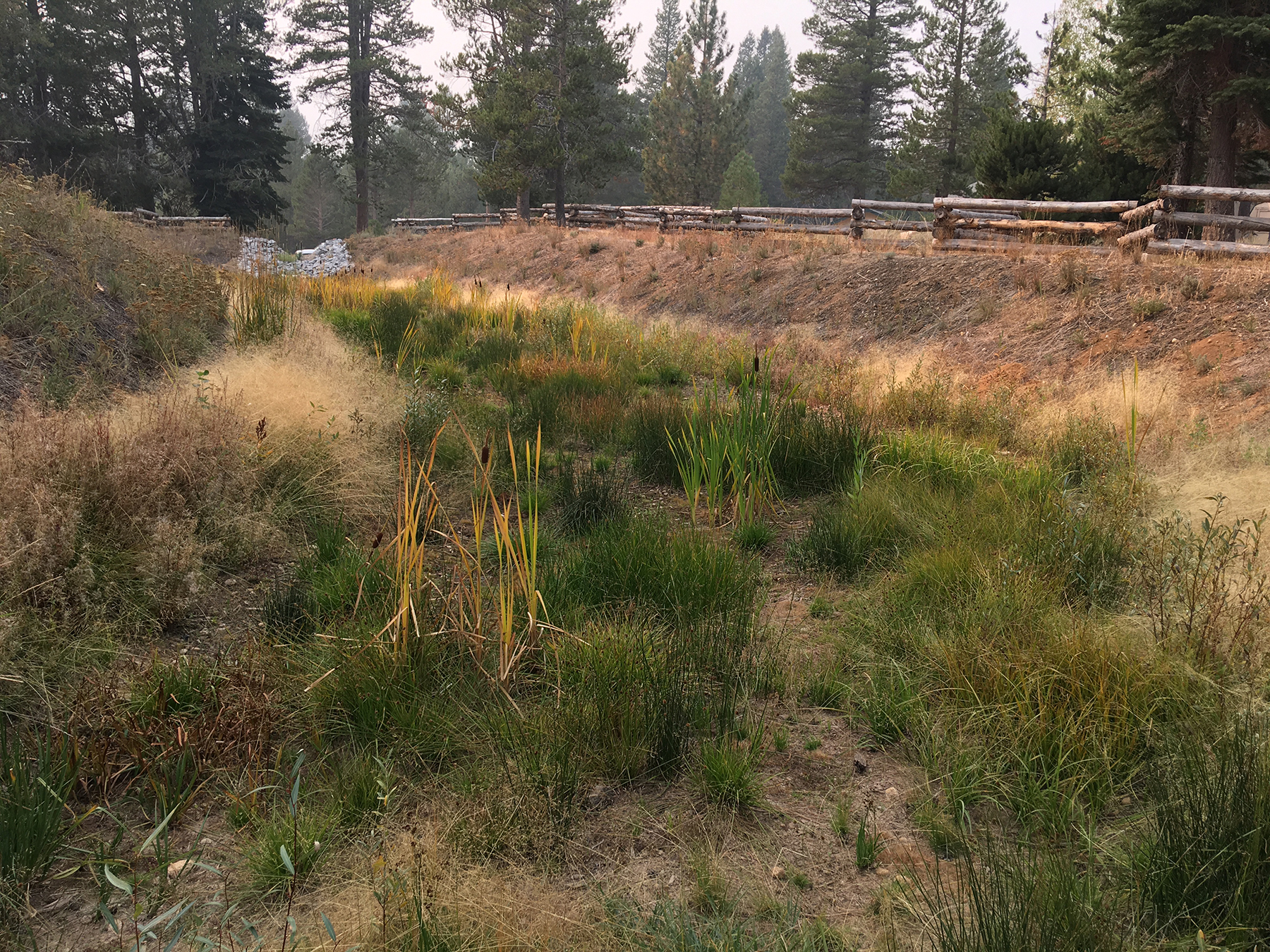
A second strategy involves requiring the use of parcel-based best management practices on privately owned land to control runoff associated with a certain design storm, Kuchnicki says. For residential parcels, best management practices often take the form of rain gardens, while commercial parcels are more likely to use infiltration basins or other larger features.
The third strategy entails “enhanced and innovative road operations” designed to reduce the amount of fine sediment particles entering the lake from roadways, Kuchnicki says. In particular, such operations aim to reduce the untoward environmental effects associated with abrasive materials spread on roads to improve traction during winter.
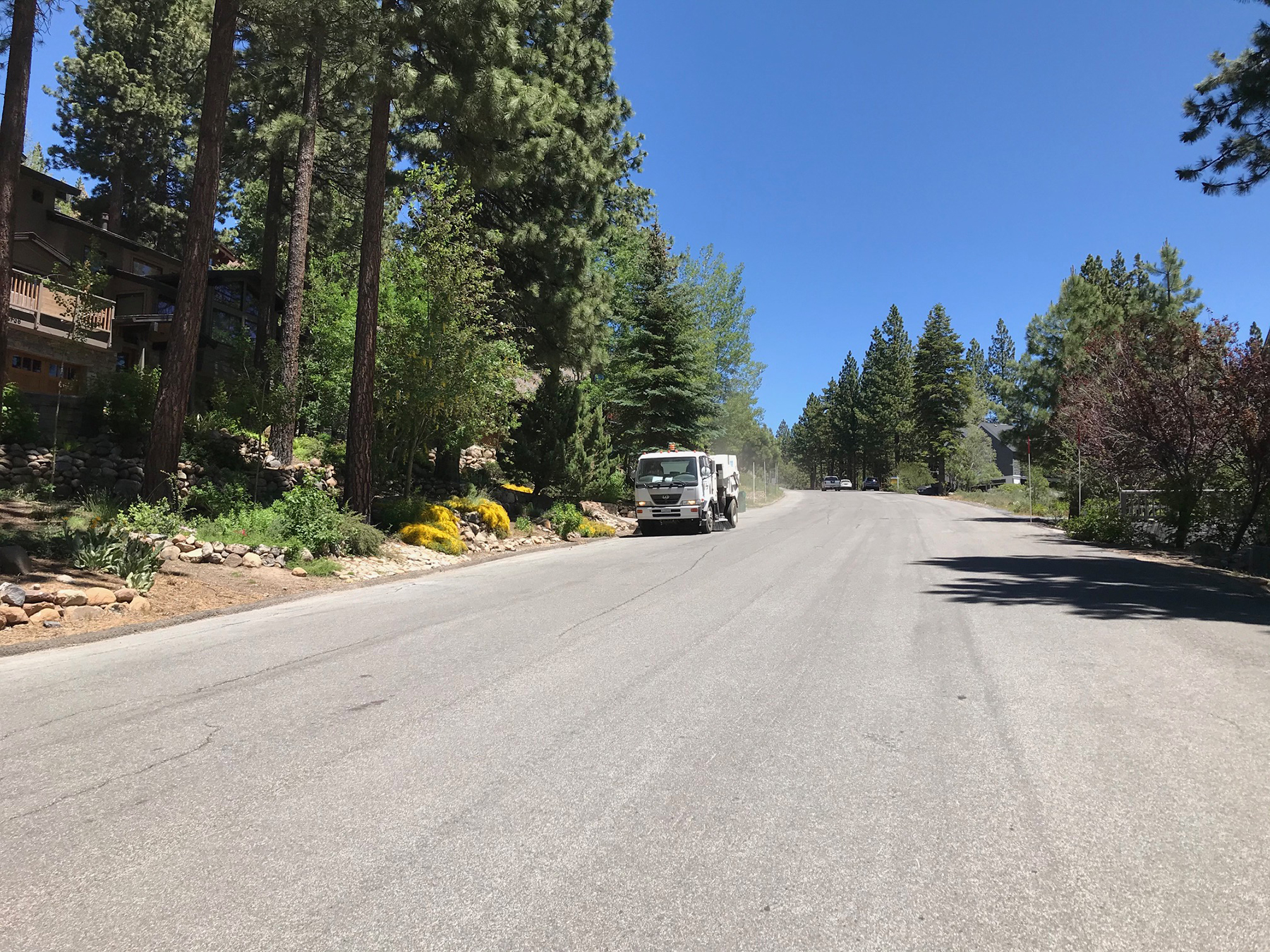
Historically, roadways were treated in winter with sand, which eventually broke down into fine sediment particles that then entered the lake through stormwater. Today, however, “jurisdictions are using less traction sand,” Judge says. At the same time, the abrasive traction materials that are used are “more durable” and less likely to “break down into fine sediments,” he notes.
Area jurisdictions also use “high-technology sweepers” that are designed to remove fine sediment particles as well as larger particles from roadways, Kuchnicki says. Ultimately, road operations reduce fine sediment particle loads to Lake Tahoe by more than 255,000 lb/year, according to the report.
Efforts to reduce nonurban sources of pollutants are conducted by local, state, and federal agencies and are tracked by various performance measures, including miles of forest roads decommissioned or retrofitted, the number of public facilities in the forest uplands that are retrofitted to decrease runoff, and the number of linear feet of stream channels restored or enhanced to reduce erosion.
Comparable clarity
Despite the many successes achieved to date in reducing pollutants to Lake Tahoe, the clarity of its waters has failed to improve.
“Lake clarity has remained comparable for the past 20 years,” according to the report. However, summer clarity, defined as June through September, “continues to decline at a significant rate,” while winter clarity, defined as December through March, “has stayed mostly static,” the report notes.
Ongoing studies are investigating the extent to which climate change and recent area wildfires have affected the lake’s clarity.



